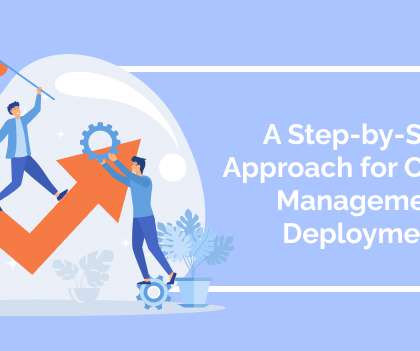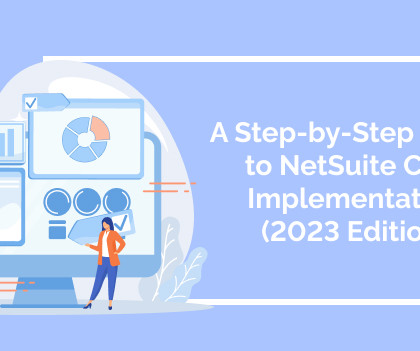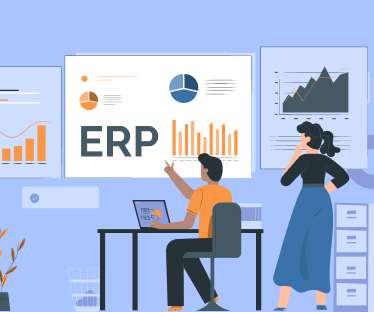A Step-by-Step Approach for Change Management Deployment
Walk Me
JANUARY 30, 2023
When it comes to change management , deployment is everything. If the organizational practices for change are weak, the change will not lead to the improved business outcomes everyone wants. Worse still, mistakes in the change process can have a negative impact on a business.












Let's personalize your content